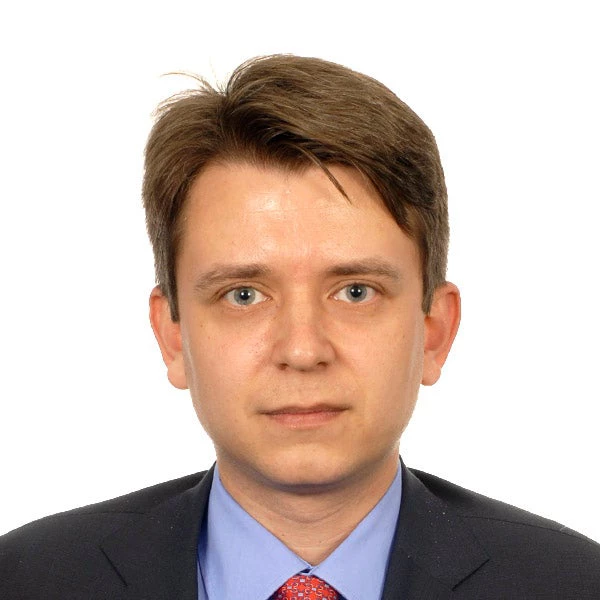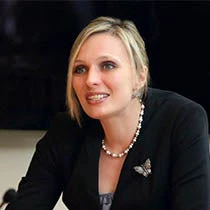
In 2010-14, we were facing a challenging task: develop a new approach to increase institutional and leadership capacity in Tajikistan’s public sector, including internal capability to initiate reforms.
How do you build government capacity in a low income fragile state in a way that would fit with the country context?
If you are familiar with the Western part of the former Soviet Union and have never been to Tajikistan, you are in for a surprise. The differences with countries such as Ukraine or Georgia are staggering. To put things in the global perspective, Tajikistan has a GDP per capita lower than Cameroon, Djibouti and Papua New Guinea. The country suffered a civil war that lasted five years (1992-1997), resulted in massive internal displacement and decimated civil service. Despite establishing formal governing institutions after the war, institutional capacity remains weak.
In this context, the Bank’s approaches to capacity building often overestimate the reforms that the environment is able to absorb and fail to understand the incentives underlying the system. Solutions tend to be “top down:” handed to the government by international consultants familiar with the best practice, but not necessarily the best fit for Tajikistan. As a result, solutions are rarely owned by the leadership of the very institutions that they attempt to strengthen. Instead of setting out on this familiar path, we decided to think out of the box and involve the government’s middle management from the start. Our objective was to create the ownership of organizational goals among the leadership.
Taking the Civil Service Department (CSD) under the President of Tajikistan as a pilot, we engaged the senior and middle management to define their organizational goals, and then coached them to connect the dots between these goals and institutional, organizational, and human resources available to achieve them. Our work was financed by the Governance Partnership Facility as a Bank-executed trust fund.
Starting with a survey of CSD’s clients – the high-level officials representing other ministries and agencies in Tajikistan – we gathered feedback on services they receive from the CSD, i.e. performance evaluations, hiring procedures. The results showed that many CSD clients did not know what to expect, while others suggested that quality of services was neither satisfactory nor consistent.
CSD leadership created a ten -member working group, which provided a venue for discussing and designing reforms. The objectives that the group identified were straightforward (e.g., update and maintain the website, ensure sufficient authority to oversee hiring practices and career management in civil service), broken down into processes and analyzed with a focus on performance. This has allowed both the CSD and the Bank team to focus on deficiencies in the processes and come up with quick fixes.
Some of the working group’s achievements include:
• Reclassification of CSD as a Civil Service Agency, bringing it on par with other executive power bodies and granting it sufficient authority to serve as a civil service regulator.
• Enhancement of the Institute for Continuing Education of Civil Servants – CSA’s education arm - as a higher education institution, allowing it to expand educational services, enjoy greater flexibility in developing the curricula and embark on expanded student exchange program.
• Preparation of CSA’s “business plan” of reforms for the upcoming years, demonstrating the new level of internal capacity for reform.
Partnerships among different stakeholders were crucial for achieving these results. The close working relationship of Bank staff and CSA management helped define and manage activities, ensured ownership and allowed us to discuss issues openly. In Tajikistan, with its hierarchical culture, it is often difficult for agency management to propose changes to the higher level of decision-making. The Bank team worked with the Presidential Administration, suggesting institutional reforms that could improve the ability of the CSD to fulfill its tasks. At the same time, we coordinated with the agency management to ensure that the changes are supported by those who will have to implement them.
Ultimately, our goal was to create internal capacity for reforms. The approach required a significant investment in labor-intensive engagement early on in the project implementation, but this established the foundations of trust and understanding that helped identify and address complex reforms over the medium-term. It is an investment that pays.
Do you have comments? Share with us!



Join the Conversation